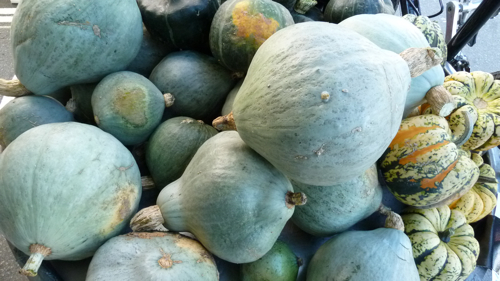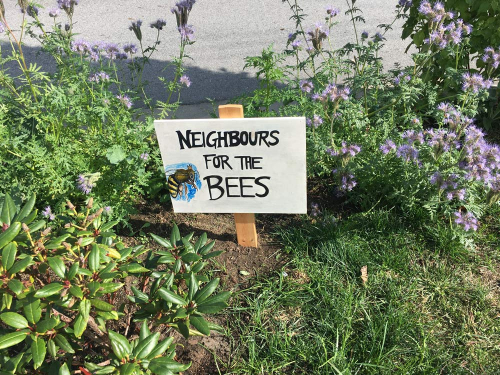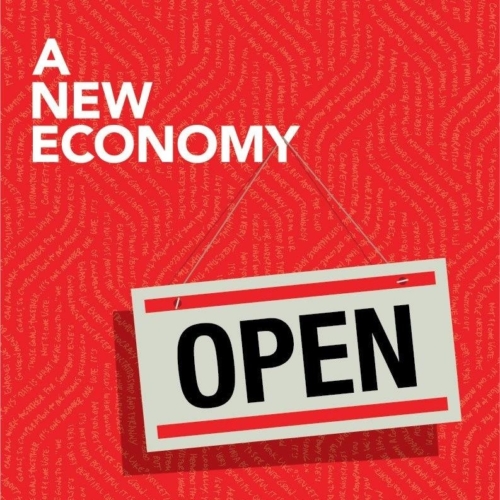Why we need biodiversity, not monoculture

Monoculture, by its very nature (pardon the ironic pun), is not a resilient agricultural system to begin with. More susceptible to disease because of genetic similarity, and terrible for soil health, it’s a venture with growing risks that are starting to outweigh its purported benefits. A new study is warning its lack of genetic diversity puts it at risk from a new enemy that doesn’t discriminate like fungus or insects do: climate change.
If the current reports of species loss around the globe isn’t already freaking you out, taste this:
The genetic diversity of the plants that we grow and eat could be lost forever due to climate change, threatening future food security, the UN’s Food and Agricultural Organization (FAO) said on Tuesday.
Experts from the Rome-based organization warned that the loss of biodiversity will have a major impact on humankind’s ability to feed itself in the future as the global population continues to rise to nine billion by 2050.
“There are thousands of wild crop relatives that … hold genetic secrets that enable them to resist heat, droughts, salinity, floods and pests,” FAO director general Jacques Diouf was quoted in the report as saying.
“Increasing the sustainable use of plant diversity could be the main key for addressing risks to genetic resources for agriculture,” he said. (Vancouver Sun)
In addition, a recent report quoted in an article on invasive species and climate change states, “Indirectly, climate change will impact agriculture by increasing the incidence and intensity of invasive species.” The article follows that with, “Agriculture supports the livelihoods of more than a third of the world’s population.” (Vancouver Sun) Clearly, our resilience depends on biodiversity.
Diof’s statement gives me some hope that our way of life may change, because this suggests moving away from a monocultural (unsustainable) system that produces a small number of varieties bred for everything except taste and nutrition. In tandem, we could stand to diversify our own diet. The Western Diet is so reliant on corn, soy, sugar, wheat, and potatoes in their myriad and often unhealthy forms that a loss of one of these would have widespread effects — that is, after we’ve run out of Twinkies. Humankind’s success as a species is partly based on our omnivorous diet, and yet in this society we eat very few species of plants and very few varieties within those. Don’t believe me? Visit your local major grocery supplier. How many varities of apples do you see? Not that many, right? Of course, we’ve also eliminated many varieties through industrialization of farming and our own carelessness.
“The [UN] report estimated that 75 per cent of crop diversity was lost between 1900 and 2000…” (Vancouver Sun). Saltspring Island farmer and author Brian Brett writes in his best-seller Trauma Farm: “Since the nineteenth century 95 percent of cabbages and 81 percent of tomatoes are no longer grown commercially, retained in seed banks, or listed in seed catalogues — gone!” Next time you’re at the Tomato Festival at a Vancouver farmer’s market, imagine 8 out of 10 of those gorgeous heirloom varieties gone forever. You won’t find 10 varieties at your regular Safeway or Costco.
While we wait for international food policy to change, we can all do our part by supporting local small-scale farming and introducing our palates to more diverse locally-grown tastes and varieties. For example, have you ever had dandelion greens? Gravenstein apples? Green zebra tomatoes? Wild rosehips? Red carrots? How about those hardy chards and kales that come in such tantalizing different shapes and colours? Do you eat sardines? What about round carrots? That’s right… spherical carrots. See, the world is amazing. Without biodiversity, we and our fellow animals are left with, well… not much.



